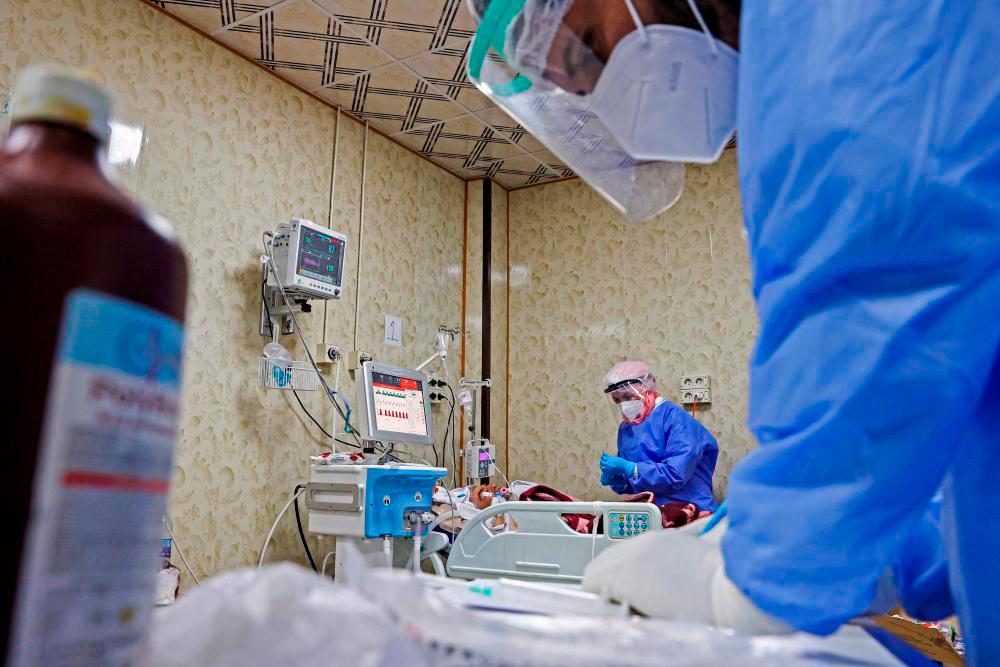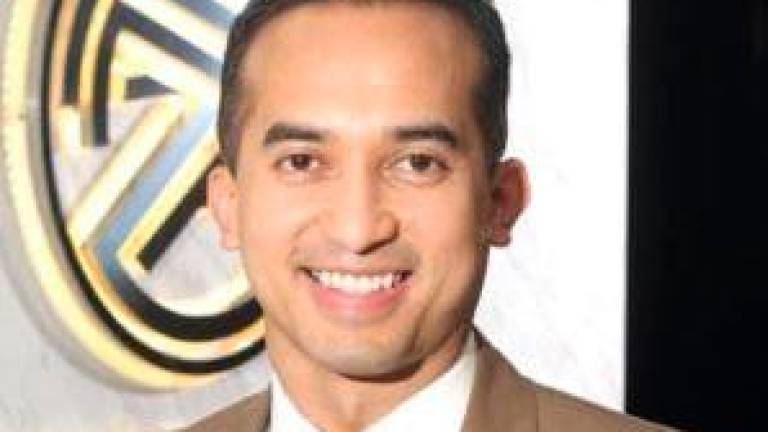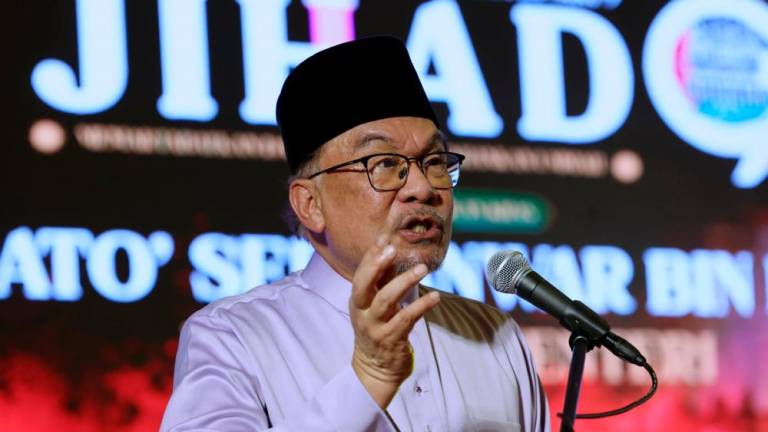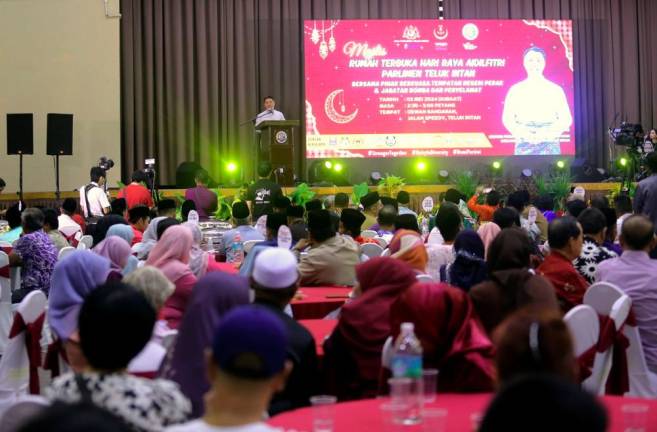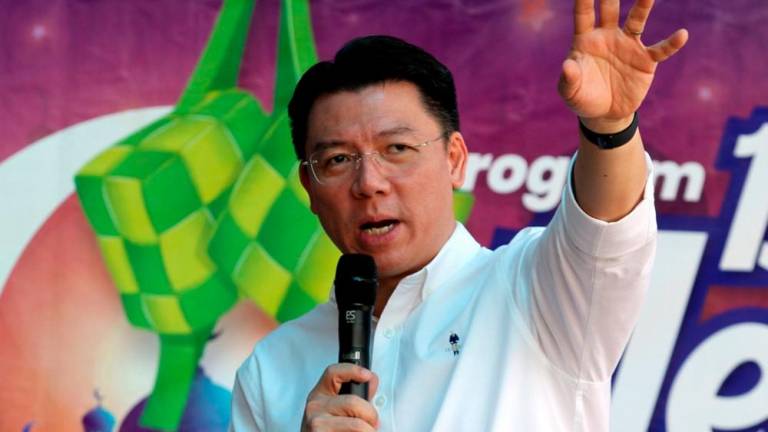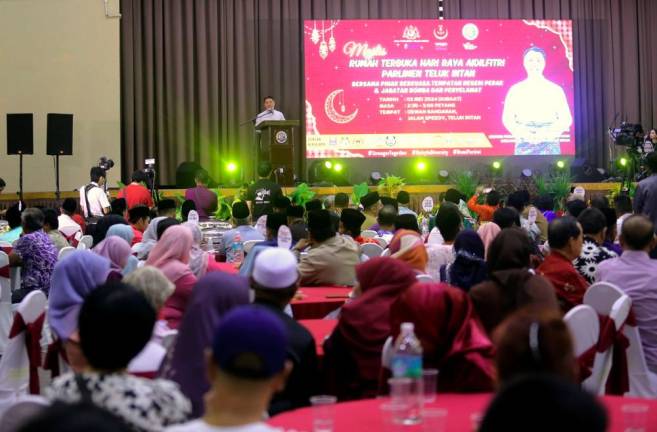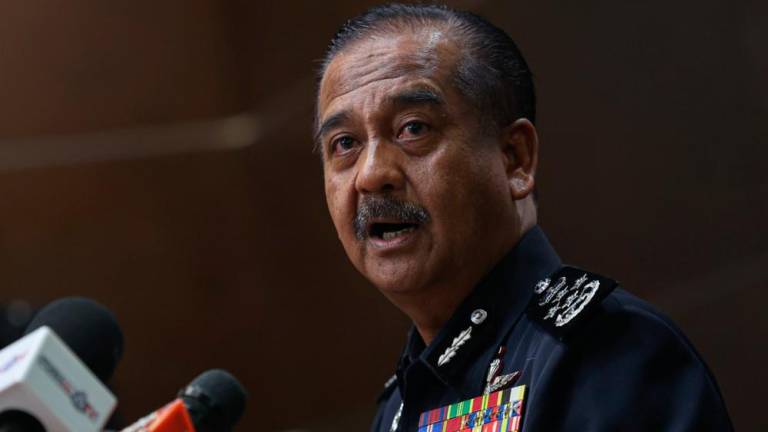BY VASANTHI RAMACHANDRAN
THE first thing ministers should do when they take over is to look at existing working policies before they hastily introduce something new. If they look hard enough, there will be hidden well-researched blueprints that have a future beyond the shelf life of a minister.
To this effect, Health Minister Khairy Jamaluddin has proposed a future-proof policy in his white paper for health reformation, for policies to be sustainable and not easily replaceable.
Conversely, Khairy was quick to remove an unfair system that had outcast 23,000 contract doctors without permanency nor stability. The process of mainstreaming these contract doctors will begin on Jan 29, with an allocation of RM100 million in Budget 2022, to provide them with the same privileges as permanent doctors.
The contract doctors scheme was introduced in 2016 by then prime minister Datuk Seri Najib Abdul Razak to place 2,600 unemployed medical graduates as contract doctors, but without any permanent doctor benefits.
Najib also did not address the yearly compounding numbers of these contracts. In the last four years, we have 23,000 contract doctors, even after 1,778 resigned from service. They either gave up medical practice or migrated to where their talents would be recognised.
During the Covid-19 pandemic, all doctors felt a collective strain as frontliners when their health was put in jeopardy facing the catastrophic virus. They worked shift after shift for arduous hours at a stretch while suffocating with stuffy personal protective equipment.
Even then, the contract doctors’ contributions were glaringly ignored, and there was a deadlock of discussions over their contract status. On July 26, 2021, the physically-exhausted doctors staged a walkout from hospitals and took to the streets. Hence, the Health Ministry’s reversal of this scheme was expedited with a moral conscience, especially after ordeals of Covid-infected pregnant doctors and those denied infant care leave were highlighted.
The glut of medical graduates was a result of new medical colleges allegedly “lowering the entry standards for intakes”. Currently, there are 21 medical colleges, 11 public universities and 300 recognised foreign medical universities resulting in an annual output of 5,000 medical graduates.
How were these students chosen? What is the quality of the curriculum and who approved it?
In 2010, Health Minister Datuk Seri Liow Tiong Lai proposed for medical graduates to sit for a common local competency examination before they were accepted as housemen, but the Cabinet decided against it.
Over the years, thousands of eligible students with straight As have not been admitted into public universities due to the much-disputed dual entry examination systems. Many of us wished that acceptance to varsities were based on merit.
Presently, we have 71,041 medical doctors working in both the public and private sectors. Malaysia’s doctor to people ratio is 1:454, while the World Health Organisation’s recommendation is 1:600. Let us not gloat over these numbers because our public hospitals are still described as “understaffed, overworked and overstretched”.
The reality is that there are 3.9 specialists per 10,000 Malaysians. It is reported that 3% of specialists resign annually from government hospitals to enter the private practice. The Health Ministry wants to convert the surplus of medical officers to specialists to increase the number of both private and government specialists from 13,000 to 28,000 by the year 2030.
To this effect, the ministry should address any suspicion of discriminatory practices in the selection criteria for federal scholarships and ensure doctors are chosen purely on grounds of experience and talent and not other arbitrary parameters.
Every year, specialists resign because of delays in promotions, especially those UD56 doctors, who have had to wait up to 10 years for a promotion. The Health Ministry should find ways and means to keep the best doctors in the government service.
The Academy of Medicine of Malaysia council member Dr John Chan Kok Meng commented that the waiting list for heart surgery in both Kuching and Kota Kinabalu are long and that many centres even in Peninsular Malaysia were managed by a single cardiothoracic surgeon.
As for future-proof reforms, one issue to look at is “the system” managed by senior civil servants who advise incoming ministers on what projects and schemes of former ministers are worthwhile keeping or discarding by the successor.
During the pandemic crisis in the last two years, Malaysia received international recognition for having a vaccine equity
process that reached out to both citizens and non-citizens.
With that confidence, we look forward to a resilient health reform package that gives us a supportive shoulder to lean on.
Vasanthi Ramachandran is an author, brand strategist and runs Helping Hands.
Comments: letters@thesundaily.com



